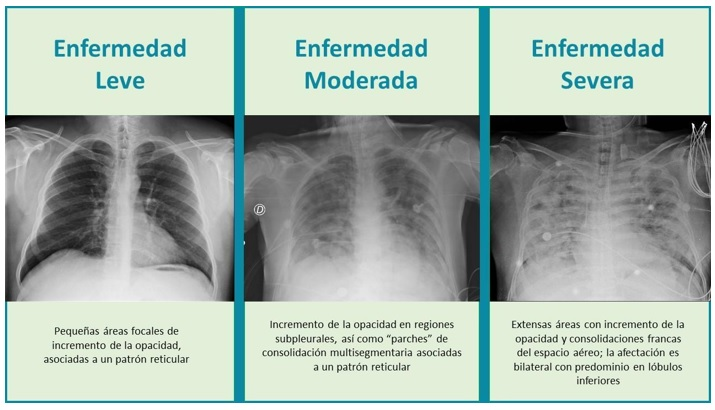Resumo
Introduction: The frozen section procedure is an intraoperative diagnostic method widely used and useful for surgical decision making; which minimizes costs and optimizes staging. Objectives: This research assesses the diagnostic accuracy of frozen section in an intermediate care center, analyzes the factors that may be involved in misdiagnosis and compares the results of the original study with other studies. Materials and methods: This is a cross-sectional study in which the diagnostic accuracy was evaluated and a univariate analysis was performed in a sample of 417 cases that underwent a frozen section. The characteristics of the samples were registered along with the concordance or discordance between the frozen section and the final diagnosis. In addition, a systematic review was made using the Pubmed database in order to compare results with previous studies. Results: The sample included predominantly females with a mean age of 50 years. The sensitivity and specificity of malignancies was 89% and 100% respectively and the sensitivity for borderline tumors was lower (73%). Specimens equal or larger than 10cm and patients with age ≥ 50 years showed association to misdiagnosis when using frozen sections. For example, the analysis of 300 ovary specimens showed association to misdiagnosis in borderline, epithelial and stromal tumors. Conclusions: The frozen sections continue to be the best tool for quick intraoperative diagnostic, and even with some inaccuracies in the diagnosis, this don’t harm the clinical and surgical practice.
Espinoza MdlA, Barahona OHd. Biopsias Transoperatorias por Congelación Hospital Escuela. REVISTA MÉDICA HONDUREÑA. 1992; 60.
McIntosh ER, Shuko H, Drwiega J, Brandwein-Gensler M, Gordetsky J. Frozen Section: Guiding the Hands of Surgeons? Annals of Diagnostic Pathology. 2015.
Hatami H, Mohsenifar Z, Alavi SN. The Diagnostic Accuracy of Frozen Section Compared to Permanent Section: A Single Center Study in Iran. IRANIAN JOURNAL OF PATHOLOGY. 2015; 10(4).
Alam S, Tongbram A, Krishnakumar S, Biswas J, Mukherjee B. Sensitivity and specificity of frozen section diagnosis in orbital and adnexal malignancies. Indian J Ophthalmol. 2019; 67: p. 88-92.
Hashmi A, Naz S, Edhi M, Faridi N. Accuracy of intraoperative frozen section for the evaluation of ovarian neoplasm: an institutional expirience. World J Surg Oncol. 2016; 31: p. 14:91.
Huang Z, Li L, Li C, Ngaujah S. Diagnostic acuracy of frozen section analysis of borderline ovarian tumors: a meta-analysis with emphasis on misdiagnosis factors. Journal of Cancer. 2018; 9: p. 2817:2824.
Kim I. Intraoperative consultation for ovarian tumors. Yeungnam Univ J Med. 2019; 36: p. 163-182.
Layfield EM, Schmidt RL, Esebua M, Layfield LJ. Frozen Section Evaluation of Margin Status in Primary Squamous Cell Carcinomas of the Head and Neck: A Correlation Study of Frozen Section and Final Diagnoses. Head and Neck Pathol. 2018; 12: p. 175-180.
Mokhles P, Ahmadi A, Rahehagh R, Soofizadeh N, Ghaderi E. Compatibility of the frozen section method in histopathological specimens for female pelvic mases with results for pathology and tumor markers. Med J Islam Repub Iran. 2019; 33(42).
Onajin O, Wetter DA, Roenigk RK, Gibson LE, Weaver AL, Comfere NI. Frozen section diagnosis for non-melanoma skin cancers: correlation with permanent section diagnosis. J Cutan Pathol 2015. 2015; 42: p. 459-464.
Park JY, Lee SH, Kim KR, Kim YT, Nam JH. Accuracy of frozen section diagnosis and factors associated with final pathological diagnosis upgrade ofmucinous ovarian tumors. J Gynecol Oncol. 2019; 30(6): p. 95.
Preeti1 A, Sameer G, Kulranjan S, Abhinav SA, Preeti R, Sunita Y, et al. Intra-Operative Frozen Sections: Experience at A Tertiary Care Centre. Asian Pac J Cancer Prev. 2016; 17(12): p. 5057-5061.
Zhang W, Jia S, Xiang Y, Yang J, Jia C, Leng J. Factors associated with misdiagnosis of frozen section of mucinous borderline ovarian tumor. Journal of International Medical Research. 2019; 47: p. 96-104.
Buza N. Frozen Section Diagnosis of Ovarian Epithelial Tumors Diagnostic Pearls and Pitfalls. Arch Pathol Lab Med. 2019; 143: p. 47-64.
Genç M, Solak A, Genç B, Sivrikoz O, Kurtulmuş S, Turan A, et al. A diagnostic dilemma for solid ovarian masses: the clinical and radiological aspects with differential diagnosis of 23 cases. Eur J Gynaecol Oncol. 2015; 36(2): p. 86-91.
Bozdag H, Guzin K, Gocmen A, Kabaca S, Usta A, Duran EA. The diagnostic value of frozen section for borderline ovarian tumours. J Obstet Gynaecol. 2016; 36: p. 626-630.
Morice P, Uzan C, Fauvet R, Gouy S, Duvillard P, Darai E. Borderline ovarian tumour: pathological diagnostic dilemma and risk factors for invasive or lethal recurrence. Lancet Oncol. 2012; 13: p. 103-115.

Este trabalho está licenciado sob uma licença Creative Commons Attribution 4.0 International License.
Copyright (c) 2021 Anggi Margarita Velez Bohorquez, Daniel Javier Vélez Bohórquez , Mabel Elena Bohórquez Lozano, Angela Cecilia Rios


